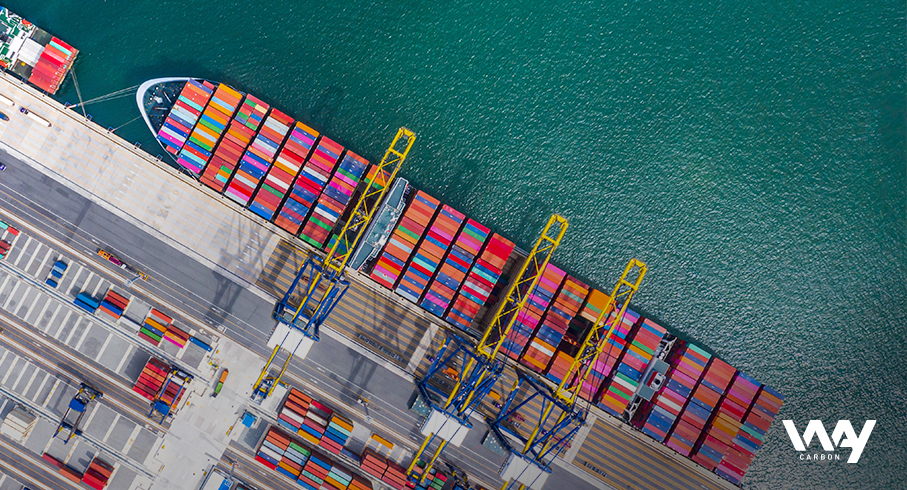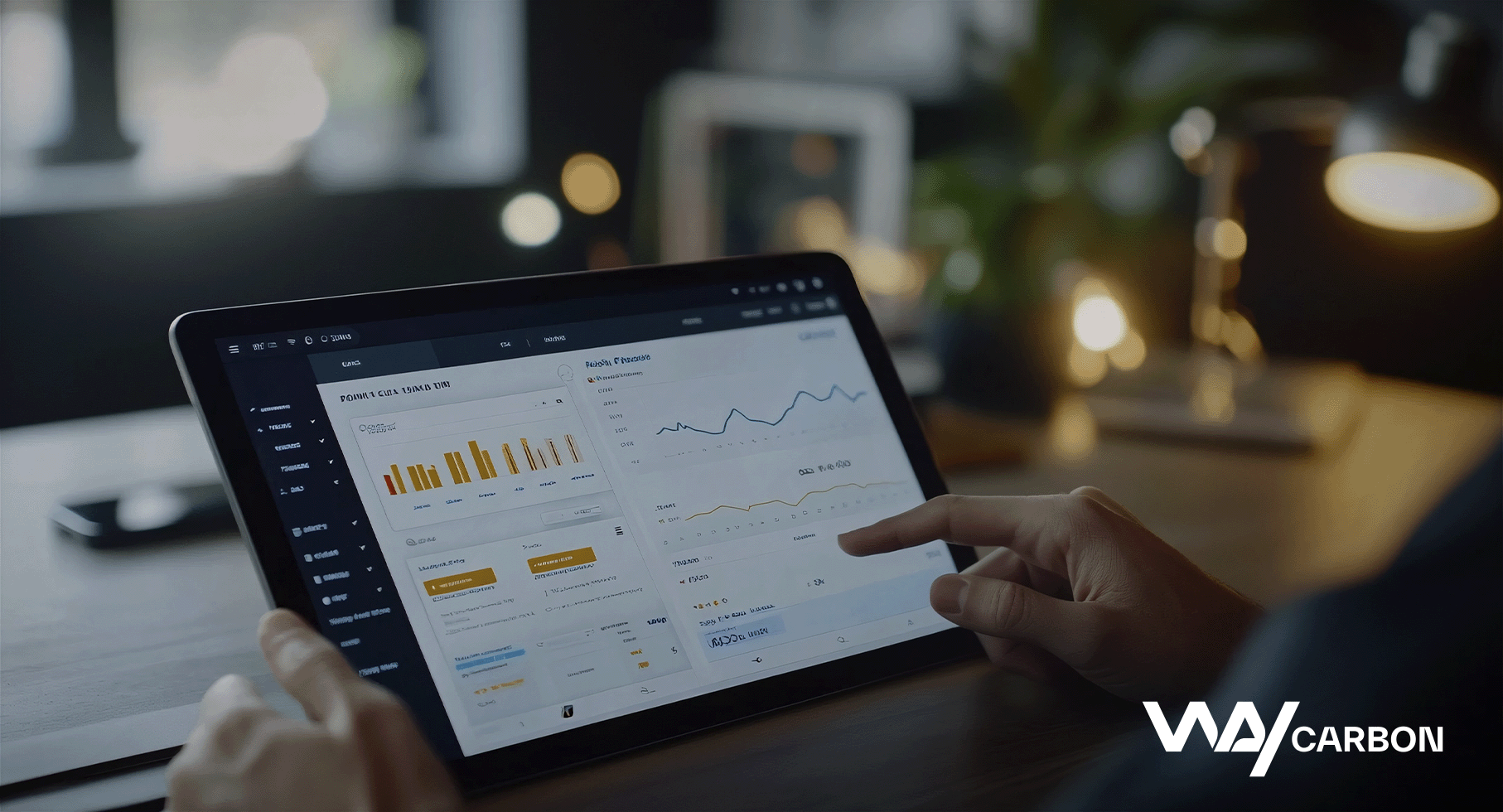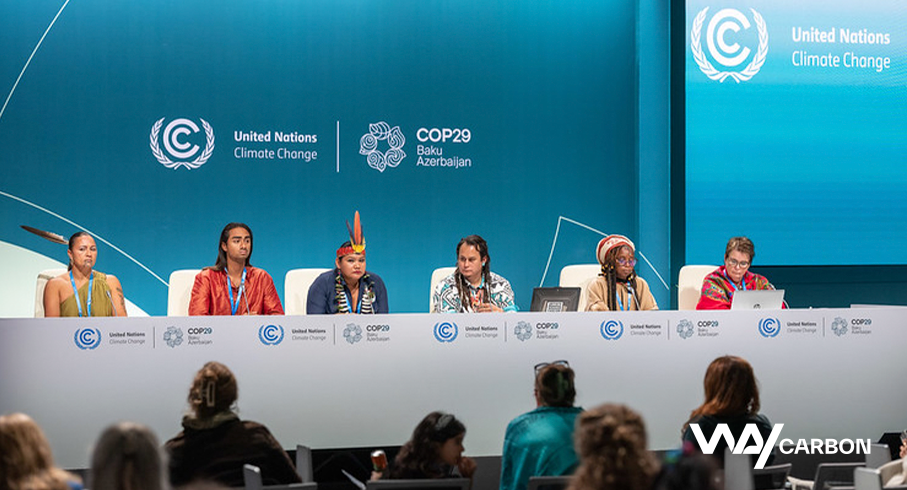Challenges for the decarbonization of maritime transport
The maritime transport sector is essential for global economic development, being responsible for the movement of 80% of the volume traded in the world. In Brazil, this number is even more significant, the sector handles more than 95% of the cargo exported and imported by the country.
In fact, Brazil has an advantage over most nations in terms of coastline, which guarantees the flow of a large part of production. However, to ensure that this becomes a competitive advantage, it is important that maritime transport incorporates the climate agenda at the heart of decision-making. In this sense, the sector faces a double challenge: the need to adapt to the impacts of climate change and mitigation actions to contain global warming,
Port facilities, as they are located in coastal areas, are exposed and susceptible to climate risks. They can be affected directly and indirectly by extreme events, such as intense precipitation, windstorms, increases in air temperature and average sea level, potentially causing significant impact and losses to the sector.
Furthermore, in a context of setting greenhouse gas (GHG) emissions reduction targets, regulation, customer demand and pressure from investors, ocean businesses require more technological innovation that supports the energy transition within and outside the sector. In this article, we will discuss the main actions for the decarbonization of the martime transporte, which can be adopted, especially by ports, with the aim of sustaining the leading role of Brazilian maritime transport.
Challenges for the decarbonization of the maritime transport
Regarding its contribution to global emissions, the maritime transport sector is responsible for around 3% of emissions. Emissions from the sector – including international and domestic shipping and fishing – increased by 9.6% between 2012 and 2018 (IMO, 2020). Currently the main source of emissions is the consumption of bunker fuel and diesel oil on vessels, fuels of fossil origin and with a high carbon content. Without the implementation of any additional action, emissions from the sector are expected to grow by 16% by 2030 and 50% by 2050, in relation to what was observed in 2018 (ICCT, 2024).
Considering this scenario, the International Maritime Organization, in its Emissions Reduction Strategy (IMO, 2023), adopted a commitment to reduce GHG emissions of the shipping industry by 70% by 2050, and reduce the carbon intensity of emissions in 40% by 2030, and 70% by 2050, compared to 2008 levels. Furthermore, several companies and nations began establishing targets that include emissions related to maritime transport in their scope. The clearest example of this fact is the approval, in 2022, of the reform of the European carbon market, with the inclusion of emissions from maritime transport, gradually, from 2024.
Alternative technologies to the decarbonization of maritime transport
Faced with this challenging scenario, several companies have been investing in the development of alternative technologies that help descarbozing the maritme transport Among the drop-in alternatives (those which can be used in total or in mixtures with fossil fuels without needing to change the engines) fuels such as HVO and biodiesel (in certain percentages of mixture with diesel) stand out. For other alternative inputs such as LNG, green ammonia, green hydrogen and methanol, another type of engine is necessary, which may or may not operate in parallel to the diesel/bunker engine, such as the recent dual fuel vessels (LNG – Bunker) produced by Maersk.
In addition to the need to increase technological maturity for the development of vessels that operate with these fuels, the availability of this material is a barrier to the adoption of decarbonization measures by companies.
Beyond purely technological barriers, estimates show that the annual investments required to decarbonize vessels by 2050 could range from 8 to 18 billion dollars. The annual investments required in order to increase production, distribution and supply infrastructure to meet the sector’s demand for renewable fuels could reach 90 billion dollars (United Nations, 2023).
In order to help overcome this barrier, in 2019 global maritime banks (Citi Societe Generale and DNB), together with industry participants and institutions such as Global Maritime Forum, Rocky Mountain Institute and UMAS, developed the “Poseidon Principles”, which seek to establish a framework to assess and disclose the climate alignment of vessel financing portfolios. Currently 34 financial institutions are signatories to this initiative (Poseidon Principles, 2024).
The port sector and the energy transition
With increasing pressure for the shipping and logistics sectors to implement low-carbon operations, ports are emerging as key enablers as they are central nodes for sectoral integration as they host and serve the energy, shipping, road and railways, as well as tourism and manufacturing sectors. This complex integration, facilitated by and operating within ports, has enormous potential to significantly reduce greenhouse gas emissions, contribute to the transition to clean energy and accelerate decarbonization within and outside maritime transport.
Regarding the reduction of emissions generated by vessels, ports play a fundamental role in adapting their structure to supply alternative fuels or electrical charging. Furthermore, structuring measures that reduce emissions from port operations themselves, such as the electrification of operational equipment, is fundamental to the decarbonization of the sector.
However, in addition to helping reduce emissions from maritime transport, ports play a fundamental role in the energy transition. Port structures have the potential to be producers and suppliers of renewable energy solutions for the economy, as they already have robust electrical networks that connect large electricity consumers. Furthermore, since they offer ideal anchoring points for the huge planned offshore wind power capacity, they are vital to the development of this source. Ports also have great potential to host the development of large-scale electricity storage, which will be needed to facilitate the production and transport of green hydrogen,
In this sense, there are initiatives that seek to promote the chain of this fuel, the green hydrogen HUBs. These structures seek to take advantage of port facilities (often extensive) to attract production companies, research centers and companies that need this type of energy for their operations.
The production of green hydrogen is facilitated by the possibility of supplying electrical energy through offshore wind plants and the supply of fuel and its derivatives is directed to companies installed in the hub, to vessels that aim to use alternative fuels or for export in green maritime corridors. Brazilian examples of these structures can be found in the Port of Pecém, located in Ceara and in Porto do Açú, located in Rio de Janeiro.
As final considerations, it is clear that the sector is strategic for the climate agenda, given its relevance in terms of global emissions and its strategic positioning for the integration of different sectors. In this sense, WayCarbon has already supported sectoral agents, such as ANTAQ and the Brazilian Ministry of Ports in the construction of sectoral diagnoses and climate risk assessment, in addition to private companies, such as ports and port support companies, to establish their decarbonization strategies and climate risk studies and adaptation.
References
ICCT. Maritime shipping – International Council on Clean Transportation. Disponível em:
IMO. FOURTH IMO GREENHOUSE GAS STUDY. Disponível em:
___. 2023 IMO STRATEGY ON REDUCTION OF GHG EMISSIONS FROM SHIPS. v. 377, n. July, p. 1–18, 2023.
POSEIDON PRINCIPLES. Signatories – Poseidon Principles for Financial Institutions. Disponível em:
UNITED NATIONS. REVIEW OF MARITIME TRANSPORT 2023. [s.l: s.n.].
 EN
EN  ES
ES PT
PT






